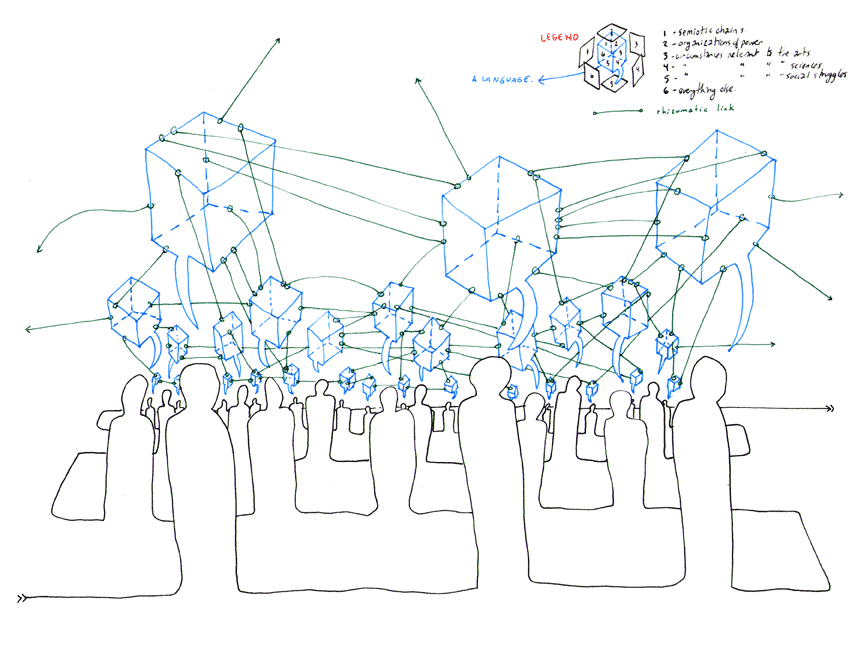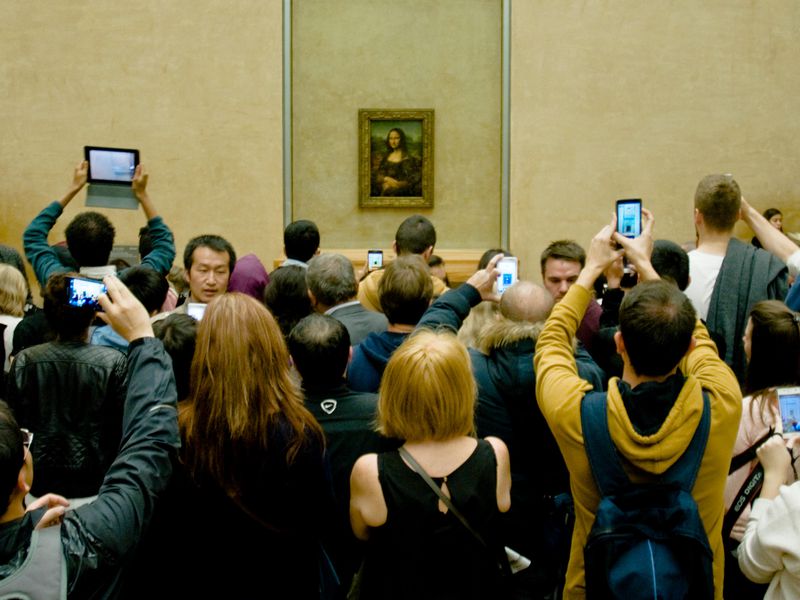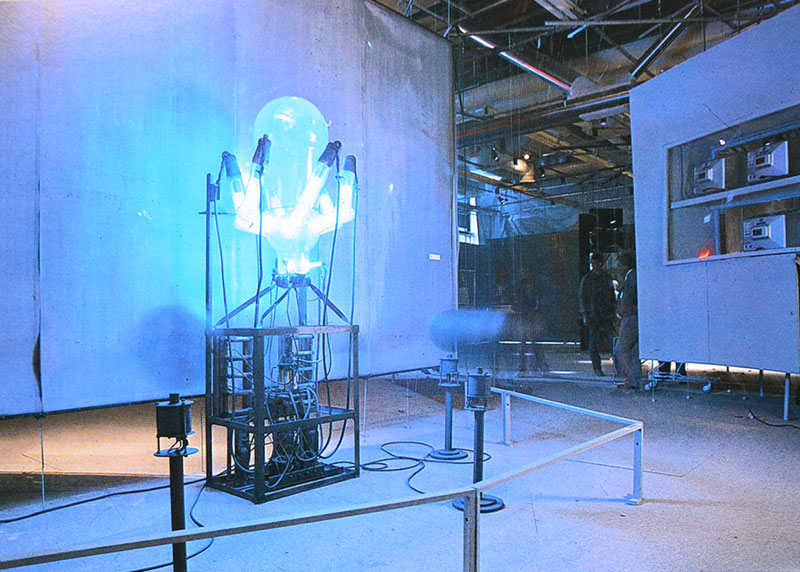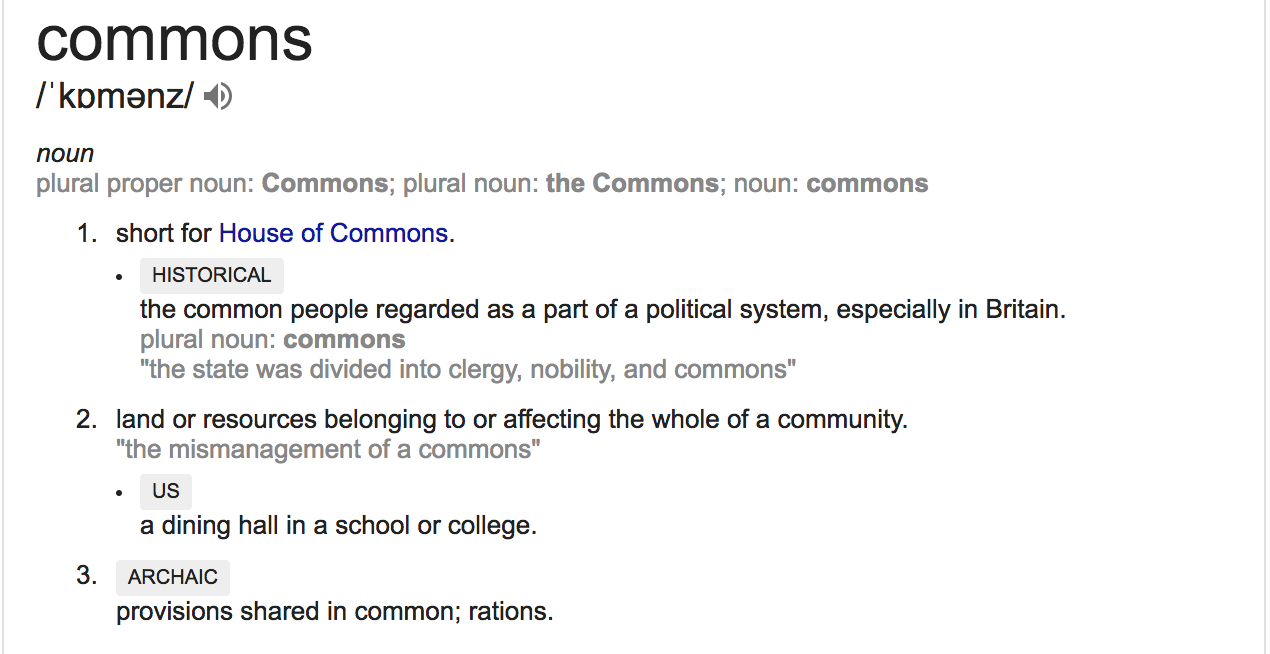Home
XI. DIGITAL CURATING & NETWORKED ART
02/2019
How to curate computational/digital/net art? How to define and acknowledge those new artistic tropes and validate them as art forms? Do those practices, related to ideas of network, represent a paradigm shift in curating? Is the objectification of their processes a way to institutionalise their discourse? Are bio-hacking, digital witnessing, tactical design new avant-garde or do they transcend this artistic semantic? Should they be exhibited in traditional spaces?
Many questions arise when one starts to think about post-internet curating. While post-digital art got commodified as soon as it appeared (as seen during Berlin Biennale curated by DISMagazine), NDC (Net, Digital (non-resilient) and computing (non-applied)) art seem to survive this fatal marketisation. Biased by a believe that political-situatedn-ess and significant intentions could constitute the reasons for non-compliance, one might also argue that these practices are too specific and exclusive for a non-expert. I will try here — and pardon my chaotic thinking, to unpack some of the dilemmas of NDC curating. First by considering past attempts as history (drifting on C. Paul’s text // and Rachel Falconer previous talk). Later by looking at the exhibition “les Immateriaux”, curated by Jean-Francois Lyotard as a way to emphasise on post-modern/ post-structural theories. I’ll next explore at the political endeavour of net-art, cyber-punk, mail-art as tropes to question the difficulties of exhibiting such work without diminishing their intentions. Lastly, considering my brief experience as both gallerist and curator assistant, I will introduce a few threads on new ways of curating previously discussed with Ronain Biros during our previous session.
In C. Paul’s terms, to acknowledge the relevance of NDC art practices is to look at its situated historicity. To summarise briefly, those practices emerged in the 50-60’s with works of pioneers like SolLewitt’s partitions, introducing ideas of automated art. Later on (70’s), due to its intrinsic link to military innovation and technological industry (here it is interesting to refer to Walter Benjamin theories of art making in time of reproductivity.). The 80’s brought a wave of enthusiasm back influenced by theories of post-structuralism and post-modernism and their emphasise on technology criticism, network theories, logistic and infrastructure criticism influenced by thinkers like Lyotard, Guattari, Deleuze.
90’s saw the emergence of cyber-punk, net-art and few other radical practices simultaneously to a growing interest for net as safe space to invest and act upon — before it would get corrupted by white male neoliberal subjects. I think this period is key to understand the divide between current and 90’s hacker; in that 90’s hackers were not necessarily eager to work for neoliberal corporations but instead keen to research ideas of open-source, open-access and free commons. From this perspective, Net Art looked at the net as a medium, cyber-punk as a non-binary space suitable for hacking and reconfiguration of heteronormative norms, mail-art was about collaboration and commoning gestures… Interestingly, very few shows come to mind while talking about those works as institutions seem to have failed (and still do) at exhibiting those works both theoretically and technically. Indeed, as those works are most often, hardware and process based, involving networks, systems and feedbacks, they challenge particular notions of history, heritage and time, upon which museum and gallery currently depends. In this context, we can look at these institutional failures as a refusal to acknowledge those practices as legitimate art forms. This might be also due to conservative artistic canons and, as mentioned hitherto, economical leitmotivs and technical ignorance. Simultaneously this illustrates a failure in archival duty as a way to inform past, present and future practices on ways to figurate societies technological apparatus and its consequences on living subjects. Another trouble undermined by exhibiting such works is the nostalgic objectification often witnessed in the very few curatorial attempts. Indeed, here curators tend to fall in nostalgic semantics of using hardware and devices (like vintage TV’s) to showcase (often radical) concepts and in doing turning them into historical design scapegoat stripped from their intentional controversy.
Nevertheless, “Les immatériaux” curated by Jean-Francois Lyotard is a worthy example of how curating NDC can be about spacial and material unpacking of the theoretical and technical processes at play in those works. Indeed, this exhibition was not about “performing” notions of technological devices nor showcasing artist metaphorical interpretation. It was about thinking and theorising the network through artistic projects but also genuine space arrangement and editorial content. Significantly, the example of Rachel Falconer curating a show about net art in a cyber coffee (in its due time), is also a good example of spacial contextualisation. Lastly, we can see emerging practices of online curating (with its own limits as well), introducing new ways of thinking curation as accountable for its spacial decisions. Hither I will make a brief detour on a though I had about an idiotic remark often heard when talking about NDC art; “if my grandma doesn’t get it, then its bad art”. In this regard, I believe the curator can also be held responsible for the mystification processes at play in curatorial decisions and that the NDC curator needs to justify of a certain technical understanding of those practices to make them more readable by the public. With NDC art there is less space for the curator-ego and might have to be more invested in mediation practices rather than judgment and criticality (Feminist curating praxis can be a good method). Plus, I would answer to people employing this grandma trope to read Ranciere “The emancipated spectator” and be less patronising and idiotic as those types of comments feed in very normative and censoring discourses.
NDC art is trouble for the white cube as it requires a reassessment of its legitimacy and institutionalisation processes. Insofar, it is also acknowledgeable that the white cube does not seem to care that much about our practice in comparison to the tech-startup industries which dived into it for its promising solvability. It is, therefore, our responsibility to engage in alternative ways of curating NDC art before it get corrupted by either the art market or the tech industry.
Conceiving such possibilities with Romain Biros, we came across some threads on possible alternatives;
_ Slow curating: which would focus on mindfully showing one or a few NDC project with a real in-depth curatorial work on the process embedded in the piece (countering too established black-box mystification). This practice would also facilitate the archival of the work as there would have to be a substantial pre-archival work to be done prior to the unpacking. This form of slow curating would also break with museum’s tendencies to showcase tremendous amount of art works as a form of wealth exhibitionism.
Fighting the art scene fast-spectacle through slow-curating?
_ Network as protocol: Drifting on Roy Ascott’s quote “Art as a social network”, we thought of using post-structuralist understanding of networks combined with the idea of inter-dependencies as means to exhibit in un-fixed, undetermined spaces. It could be specialised by simultaneously showing different works in various locations (including remote non-white cube areas) as part of similar curatorial theme. A form of breaking away from the white cube located ownership as well as curator directional authority. The network is nowhere and everywhere, therefore no one owns the authority to indicate the spectator how to see through it.
_ Commoning as curating: which could lead to an intra-action between public, curator, institutional spaces and financiers with the motivation to create new commons.
BIBLIOGRAPHY
Groys, B. (2019). Curating in the Post-Internet Age - Journal #94 October 2018 - e-flux. [online] E-flux.com. Available at: https://www.e-flux.com/journal/94/219462/curating-in-the-post-internet-age/ [Accessed 27 Mar. 2019].
Paul, C. (2010). New Media in the White Cube and Beyond: Curatorial Models for Digital Artedited by Christiane Paul. University of California Press, Berkeley, CA, U.S.A., 2008. 273 pp., illus. Trade, paper. ISBN: 978-0-520-4397-2; ISBN: 978-0-520-25597-5. Leonardo, 43(1), pp.81-82.








